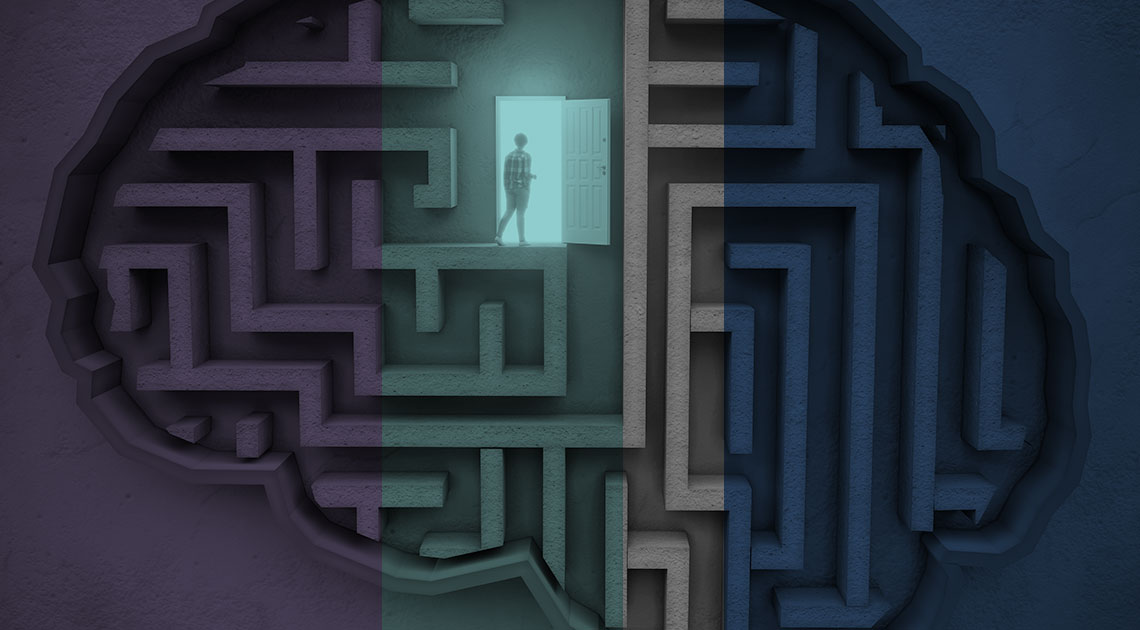The controversy surrounding an article published in the journal Nature in 2006, which suggested a possible cause of Alzheimer’s disease, could soon be put to rest — because the paper is set to be retracted. The lead author, neuroscientist Karen Ashe of the University of Minnesota Medical School in Minneapolis, USA, acknowledged that the work contains manipulated images of western blots (a method used in molecular biology to identify proteins) and announced that she and the other authors had asked Nature to retract the article.
On the PubPeer website, Ashe argued that the problematic images did not affect the conclusions of the study and explained that she had originally asked the journal to publish a correction, but when the editors decided such a move would be insufficient, a retraction request became “the only option available to us.” In 2022, when the problems with the article first came to light, the journal editors added a notice to the paper alerting readers of the allegations and advising them to be cautious about using the results.
The retraction, once confirmed, could trigger retractions or corrections of many other papers, since the article has been cited more than 2,500 times to date. According to Retraction Watch, a website that monitors retractions of scientific articles, a paper with so many citations has never before been removed from the scientific record.
Alzheimer’s is a neurodegenerative disease that usually emerges after the age of 65 and accounts for six of every 10 cases of dementia. The first symptom is usually a short-term memory loss, but over time this is followed by language difficulties, disorientation, behavioral changes, and loss of motor control. According to the results of the study by Karen Ashe’s group, an amyloid beta peptide called Aβ*56 was found in genetically modified mice that developed a degenerative disorder very similar to Alzheimer’s.
The plaques formed between neurons in the brain by this class of peptides are considered one of the markers of Alzheimer’s disease, although they can also be found in people who do not have the disease. The paper also showed that healthy mice given injections of Aβ*56 began to experience memory deficits. Scientists have long searched for a safe and efficient treatment capable of counteracting these plaques in order to manage or reverse the disease—so far without success. The Nature article had a major impact because it seemed to have found a specific target for drug development, which so far has failed to fulfill its promise.
The issues with the paper were first raised at the end of 2021 by Vanderbilt University neuroscientist Matthew Schrag, who was investigating a different case of suspected misconduct related to Alzheimer’s disease research. A lawyer hired him to analyze studies supporting the development by Cassava Sciences of an experimental Alzheimer’s medication called Simufilan, which appears to improve cognition by repairing a protein capable of blocking amyloid beta peptide deposits in the brain.
The lawyer was representing two clients, both neuroscientists, who identified flaws and misconduct in the research into the drug and decided to short sell Cassava stock, meaning they would profit from a drop in the company’s share prices. In his investigation, Schrag found duplicate and altered images in several articles related to the drug. Two papers were retracted and a US Department of Justice investigation into data manipulation is ongoing. Clinical trials of Simufilan involving more than 400 patients, which began three years ago, have not been suspended.
The neuroscientist analyzed the scientific literature on the disease and found reports of problems in other studies. He noticed that one name in particular appeared in several articles containing suspicious images: Sylvain Lesné, a French researcher from the University of Minnesota who joined Karen Ashe’s group in 2002 on a postdoctoral fellowship and is now head of her lab. Lesné was the lead author of the Nature article and was responsible for collecting the data and images, while Karen Ashe was the senior or corresponding author—her name was last on the list of authors. Lesné, who did not comment on the case, is the only one of the seven authors who did not agree with the retraction request sent to the journal.
An investigation carried out by the journal Science increased doubts surrounding the group’s work. Researchers who attempted to reproduce the results of the Nature article questioned whether Aβ*56 could even be detected and obtained as described in the paper, raising doubts as to whether the observed effect could be attributed to the protein. Karen Ashe maintains that the study’s conclusions are robust. She recently published an article in the journal iScience in which she claimed to have achieved the same results as the 2006 experiments.
Because Alzheimer’s has a high social cost and has a strong impact on developed countries where life expectancy is higher, research into the disease attracts a lot of funding and involves a large community of scientists. According to Shrag, the difficulty of finding a cure or treatment for the disease stems from its complex characteristics rather than cases of misconduct. But the neuroscientist stresses that ethical issues could hinder efforts to tackle the disease. The outcome is that money and human resources are wasted trying to replicate fraudulent research.
In another recent case of misconduct, four articles published by a group led by Alzheimer’s specialist Domenico Praticò, from Temple University in Pennsylvania, USA, were retracted — in three, there were signs of image manipulation and self-plagiarism. Praticò is suing a former postgraduate student who he alleges manipulated the images.
Elisabeth Bik, an expert in the manipulation of scientific images (see Pesquisa FAPESP issue nº 310), told Medscape Medical News that episodes of fraud and image manipulation in Alzheimer’s studies are an undesirable side effect of the rewards on offer to scientists who publish impactful work on the disease, such as grants, prestige, and research funding. “There’s a lot of false hope being given to these people and their families,” she said.
Republish